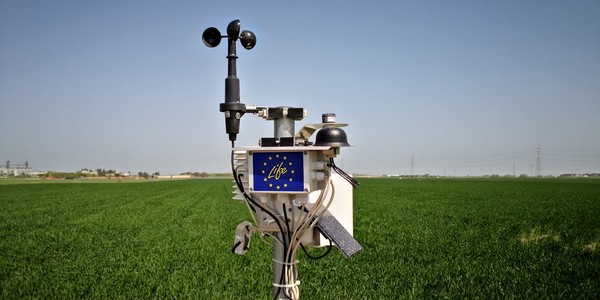
LIFE project for the 'mitigation' of agriculture
As we see many negative stresses placed on our agriculture today with regard to climate and changes caused by global political situations, we need to prepare for an innovative and resilient agriculture of the future.
One way to achieve these goals is to incorporate crop varieties that are adaptable to different soil and climate conditions, and to operate without causing negative impacts on the environment. The EU-funded project 'LIFE AGRESTIC - Reduction of Agricultural GreenHouse gases Emission Through Innovative Cropping Systems', which started in September 2021, promotes the adoption of innovative and efficient crop systems with high climate change mitigation potential and contributes to the dissemination of innovative methods.
The project also aims to raise awareness among European farmers about the most innovative crop systems, some of which involve leguminous and catch crops that are considered to have the potential to mitigate the effects of climate change. The project, which will run until 30 June 2023, involves six partners: Horta s.r.l. , ART-R, Isea, New Business Media, Scuola Superiore di Sant'Anna and Università Cattolica del Sacro Cuore of Piacenza. The activities are taking place in Emilia Romagna, Tuscany and Apulia and focus on the inclusion of leguminous and catch crops in cereal and industrial crops (tomato and sunflower) rotations to reduce greenhouse gas emissions, and increase carbon sequestration and the availability of organic nitrogen. Central to this is the development of an innovative decision support tool (DSS) for the efficient management of the entire crop system, rationalising the use of external inputs (nitrogen fertilisers, pesticides, etc.) and non-renewable resources (soil and fuels) and increasing yields, product quality and safety.
The study of a prototype device for the automatic and continuous monitoring of greenhouse gas fluxes from the soil, a product label, and schemes for the payment of Ecosystem Services have also been launched.








